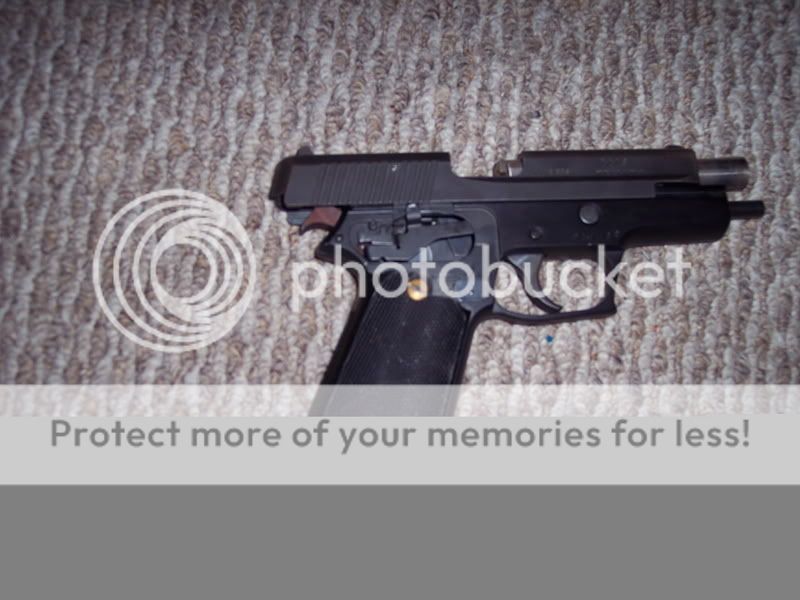silverbullet86
Member
- Joined
- Jun 13, 2014
- Messages
- 33
This is sort of a piggy-back to jeeptim's post about how many reloads you have stockpiled.
Has anyone researched the shelf life of reloaded ammo?
I realize that there are MANY variables involved. What prompted my question, is that I was noticing even after tumbling, the inside of my 223 cases are not all that clean. So, a typical reloader cleans his/her brass to varying levels of cleanliness, opens primers to the atmosphere/humidity to prime cases, opens powder to the atmosphere/humidity to measure and charge the cases, and handles the bullets when seating, maybe with bare hands/finger oils.
All of these things would surely affect the shelf life vs. factory ammo made in a controlled environment with new/clean components.
Thoughts???
Has anyone researched the shelf life of reloaded ammo?
I realize that there are MANY variables involved. What prompted my question, is that I was noticing even after tumbling, the inside of my 223 cases are not all that clean. So, a typical reloader cleans his/her brass to varying levels of cleanliness, opens primers to the atmosphere/humidity to prime cases, opens powder to the atmosphere/humidity to measure and charge the cases, and handles the bullets when seating, maybe with bare hands/finger oils.
All of these things would surely affect the shelf life vs. factory ammo made in a controlled environment with new/clean components.
Thoughts???




















